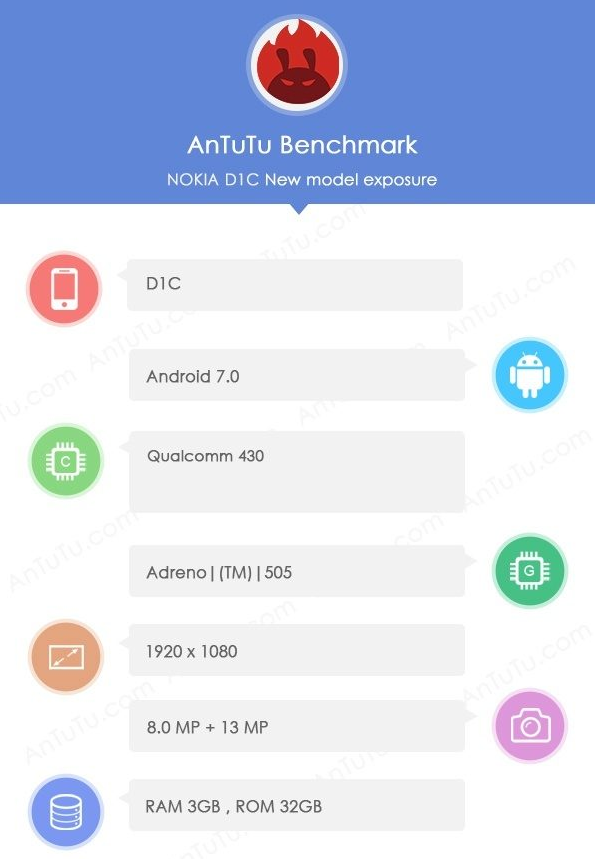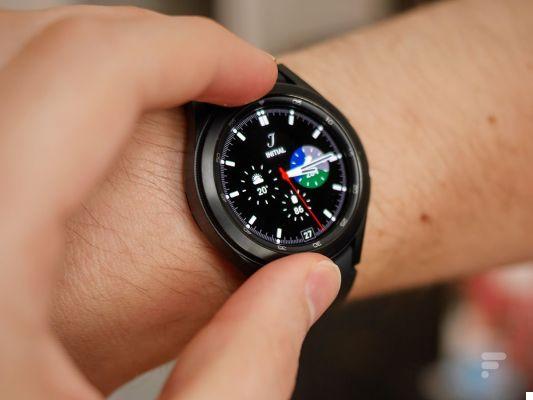How to effectively combat blackouts with a UPS






The supply of the electric current it is not always constant 24 hours a day, 365 days a year. Unfortunately, faults can always occur in the control unit, or locally, which determine real ones Blackout or "simple", but very harmful, power surges which can cause severe damage to many electronic devices in the home.
To overcome this problem, the solution is not a simple device against overvoltages (such as those present in some "power strips"), but it is a UPS (Uninterruptible Power Supply).
This device combines high quality equipment against overvoltages and with a backup battery capable of maintaining power to electronic devices for a short period of time during a blackout (usually several minutes).
Inside a UPS, in addition to the battery, there are a power pack, which loads it, and a "inverter”, Which generates the current from the battery itself.
Here is the essential information for purchasing a UPS sized for your needs:
How many types of UPS are there on the market?
There are three:
1. Offline (o standby). They are the cheapest ones, they are activated only when there is a power failure and provide energy for a few minutes, just the time to be able to save your work safely. It takes up to 25 milliseconds to switch from the mains power to the power supply offered by the battery (with a minimum, in the best, of 5), depending on how quickly the device detects the absence of mains power.
2. Line-interactive. Here the inverter is always on line, and when it notices a loss of energy it sends the battery current from recharge to power. Usually these UPSs offer protection that on average ranges from 5 to 30 minutes, and they intervene in 5 milliseconds. They offer a good quality / price ratio between offline and online.
3. Online (or double conversion). In this case, the connected equipment is powered directly from the battery, and the power supply is always kept stable, without voltage fluctuations. They are the best (and usually the most expensive) UPS for protecting sensitive equipment.
In addition to the choice of type, attention must also be paid to the PFC (Power Factor Corrector, literally "Power factor corrector", which we will not go into in detail). If your pc's power supply is equipped with a Active PFC (it can be deduced from the manual, generally easily available on the network) it is essential to purchase a UPS that produces pure sinusoidal output current (these are the online and line-interactive good quality), otherwise there is a great risk of damaging the power supply.
How many sockets do you need?
Just like a slipper, even a UPS has several outlets. This is the reason why it is necessary to determine how many devices absolutely must be connected. For home or small office purposes, it usually connects the monitor, pc, router and sometimes a small server. As a general rule, it is a good idea to purchase the necessary plus two more sockets, to have more flexibility for the future.
Keep in mind, though, that many UPSs provide one surge protection on some doors only. Battery powered outlets will likely be far fewer than the maximum number of ports. Cheaper UPSs usually supply power to the backup battery for 4 to 6 outlets, leaving the remaining outlets without power. This may be surprising the first time the power fails. Fortunately, you will realize, just by looking at it, whether or not the UPS has ports without backup power.
And if you use wired connections (fiber or ADSL) look for a UPS capable of protecting those too. Most UPSs do this.
How to understand which UPS we actually need
After the holds, you will have to ask yourself how much current the devices connected to the UPS consume. If they require more current than it can supply, they will not be able to be powered, even if the battery still has a lot of stored energy available. Compare it to a power supply: if the wattage is lower than the demands of the computer you are out of luck.
In the UPS information sheets we always find that the power value is expressed in VA (Voltampere). The power of the power supplies is instead described in W (Watt). How do you go about it then? It is necessary convert from one unit of measurement to another.
A practical tip is to add up the consumptions of all devices that we want to connect to the UPS. In this regard, it is imperative to clarify that the power of a PC's power supply indicates the maximum load it is capable of withstanding, DON'T the actual consumption produced by the individual components inside the PC (among which, the video card is the most energy-consuming).
Therefore, the power consumption of a power supply will generally be much lower than the value written on the package. How to regulate, then? Simply by buying (for a few euros) a wattmeter to be interposed between the PC plug and the socket, observing the absorption (generally, for a PC, very variable depending on whether you are playing video games, processing a movie or just writing a text) and making an approximate average.
Calculated the absorption of the PC, we add that of a monitor (here just look at the label on the back). Let's assume the total is 400 Watts. To have the VA (which we will find in the UPS information sheet) we must divide Watts by a variable power factor. This power factor is equal to 0,9 if we have a power supply with PFC (see above) active, the 0,6 in the case of passive PFCs. This factor is even to 0,7 if we take into account (in the total of all the consumptions that the UPS will have to manage) also others peripherals such as modems and routers.
We do a practical example:
With a pc that absorbs 350w + a 50w monitor, if we have a power supply with active PFC, we will have to divide by 0,9. The formula will then be: 400 / 0,9 = 444 VA (we round up to a minimum of 500)
If we also want to connect a router that absorbs 50w the formula will be: 50 / 0,7 = 71 VA (to be added to the previous 444)
"I have a printer, can I connect it to the UPS?"
Of course, as long as it is not laser: by itself it can absorb a lot, especially in the start-up and printing phases (we are talking about 1500 or even 2000 watts). Better to avoid, or buy a very powerful UPS.
What features do you need?
You may think that the functions of a UPS are not many, and above all that they are simple. After all, you just have to connect the devices, and when the power fails, the battery intervenes. That's all, right?
Not really. Even the cheapest UPS offers features like battery disconnection notification, USB connectivity, and PC software that can control settings and current draw. A professional UPS even offers other features, such as an LED that indicates charge level and uptime in minutes, and hot-swappable batteries.
How much is the guarantee worth?
A UPS usually lasts as long as the life of its internal battery, which is about two to three years. The reason is that the efficiency of the batteries decreases over time, especially when they are charged to 100% (just the case with uninterruptible power supplies). And for the battery, almost all warranties are around three years, enough time to cover the life cycle of the battery. There are both models with a replaceable battery and models with a non-replaceable battery on the market.
You can find the best UPS at discounted prices here

























![[Review] Samsung Powerbot VR7000: the robot vacuum cleaner from Star Wars](/images/posts/6bc44de38605b5c0fa12661febb1f8af-0.jpg)





